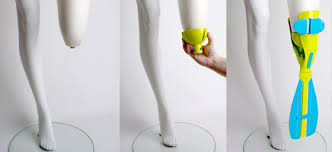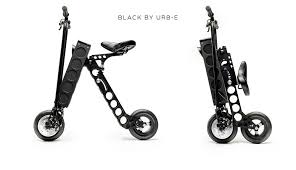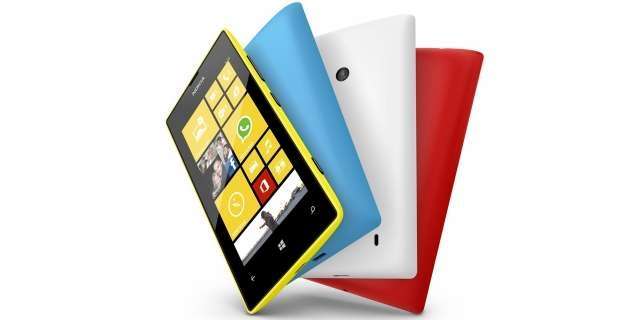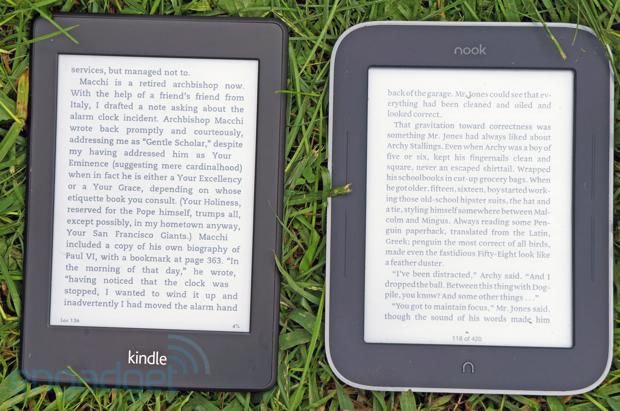Prosthetics or Technology Redefined?
Every now and then comes a situation when we urgently need some files that are stored in our pen drive, but the drive is untraceable. We think of all the places where it could be- our cluttered study table drawer, our overstuffed cupboard that might just explode any moment or one of our messy bags. Then we start cursing this really tiny device, which along with making our lives so easy can drive us crazy when it is lost. But someone has actually used this weakness of devices being compact and used it to his advantage.
Usually, the people with disabilities use prosthetic limbs so that they can perform bare minimum functions of the lost limbs. But imagine a situation where this weakness of a prosthetic actually becomes strength. What if such a limb serves other purposes rather than merely facilitating mobility? The rapid advance in technology coupled with the creative genius of a few people has made it a real possibility. Read on to know more.
Computer programmer Jerrry Jalava from Finland has gone a step further by making ‘storage’ of this storage device easier. Jerry lost half of his finger in a motorbike accident a few years ago. Today, in place of a finger, he wears a USB drive that appears to be a prosthetic finger. The silicon prosthetic finger looks like any normal finger but the tip can be stripped off to reveal a pen drive. The finger is not permanently attached so he can leave it attached to the laptop or PC and simply run other errands as his documents, images and movies are saved on the drive. He says it is like having ‘information on your fingertips’. The advantage that Jarava has is that the silicon finger is not permanently attached to his body, but is detachable. This way, as it becomes a part of his body, the chances of the device being lost are substantially minimized. He plans to go a step further and develop a prosthetic that stores radio frequency identification.
Another similar tale is that of Canadian filmmaker Rob Spence, who has only one eye. While looking at the camera in his cell phone, he realized that he could fit one into his empty eye socket. With the help of such a camera, which would be directed by his muscles, he aims to capture the images he sees with his other eye. He has been working with engineers from MIT to develop such a sleek and compact prosthetic eye.
While prosthetics limbs are usually designed in order to help amputees and other disabled people lead a life where they can carry on basic tasks, Richard Stark has gone one step further and designed something that will take care of their leisure as well. Realizing that physical disability does not leave a lot of options when it comes to leisure, this Swedish designer has created fins to facilitate swimming by lower limb amputees. Known as the ‘Neptune Fins’, these are safe and environment friendly as they are made out of non-toxic silicone and recyclable polypropylene. They come with the added advantage of being resistant to most toxic substances including acids. What’s more, this awesome piece of technology does not require shelling out a large sum of money from one’s pocket. These fins represent a completely different technology that takes care of a very practical problem faced by the disabled.
Although a prosthetic hand may give a person the feeling of having a hand, yet it cannot replicate all the functions that a hand normally performs. But as they say, nothing is impossible. I know it sounds cliched, but this age old saying stands good today. The i-LIMB is the first prosthetic hand in use that can reproduce functions of a normal hand. Sensors on the skin receive impulses from the muscles that move fingers independently and give a full range of motion. Each finger bends at the joints and the user can fold them and hold anything he wants. It has the ‘auto grasp’ feature to prevent objects slipping. Moreover, the hand automatically moves to a natural position after period of inactivity. It is also the only prosthetic hand with the ability to gradually increase the strength of its grip on an object.
The people with lower limb amputation obviously find it tedious to climb stairs as a normal prosthetic leg just facilitates smooth walking. But there is something that can help such people-Bionic Ankle. Designed by MIT professor Hugh Herr, who is the founder of the prosthetic company iWalk, the ankle gives users a spring in their step when climbing stairs or walking up hills by replicating muscle movement in the leg. The ankle also eases fatigue and provides a more normal pace. Herr, himself being an amputee says that this prosthetic ‘emulates nature’ by mimicking the functions and power of biological ankles.
An injury to the spinal cord grossly impairs movement and it becomes difficult to even stand upright. A revolutionary robotic technology has come up with a viable solution to this problem-ReWalk. ReWalk is a wearable robotic exoskeleton that provides powered hip and knee motion to enable individuals with a spinal cord injury to stand upright and walk. It has been developed by Dr. Amit Goffer,who became quadriplegic after an accident in 1997. Though it is not technically a prosthetic, but because of its functions, it deserves a mention. ReWalk provides user opened mobility through the integration of a wearable brace support, a computer based control system and motion sensors. The device provides a paraplegic the benefit of independent and controlled walking, just like that of an able-bodied person.
All these cool devices show that technology is capable of solving almost every problem. These path-breaking technologies have revolutionized the world of prosthetic by altering them so as to enable them to perform functions beyond those that are anticipated.





